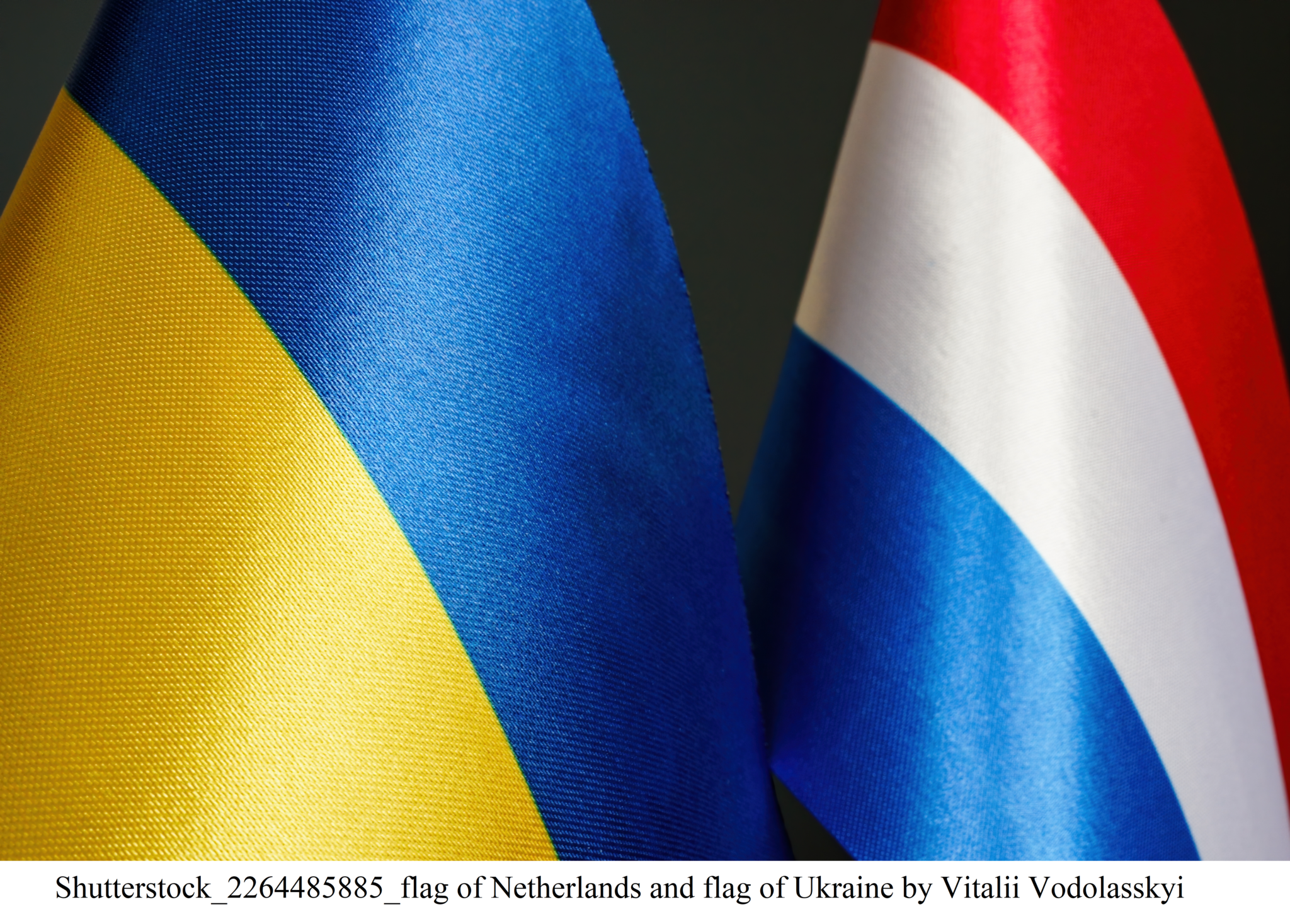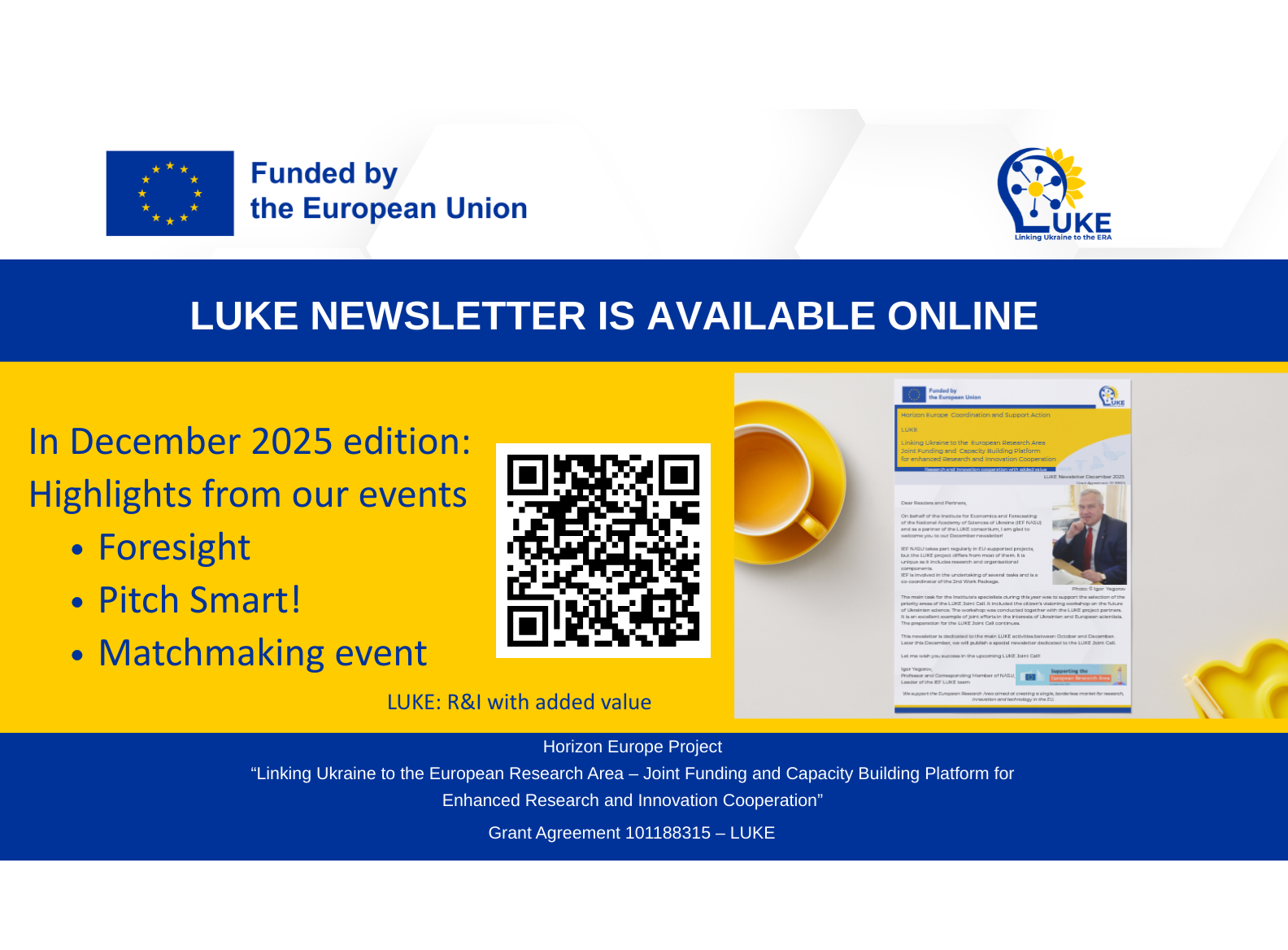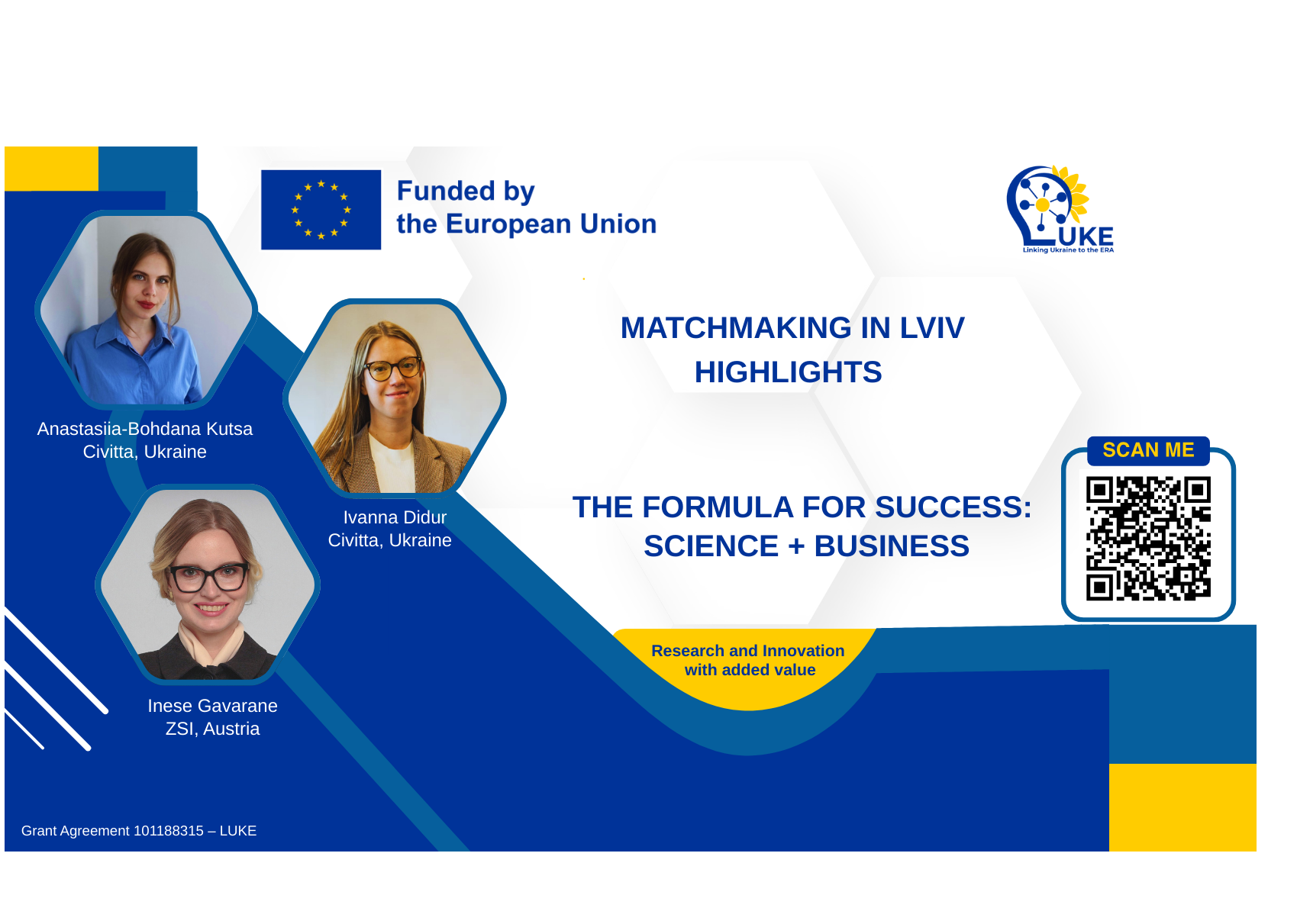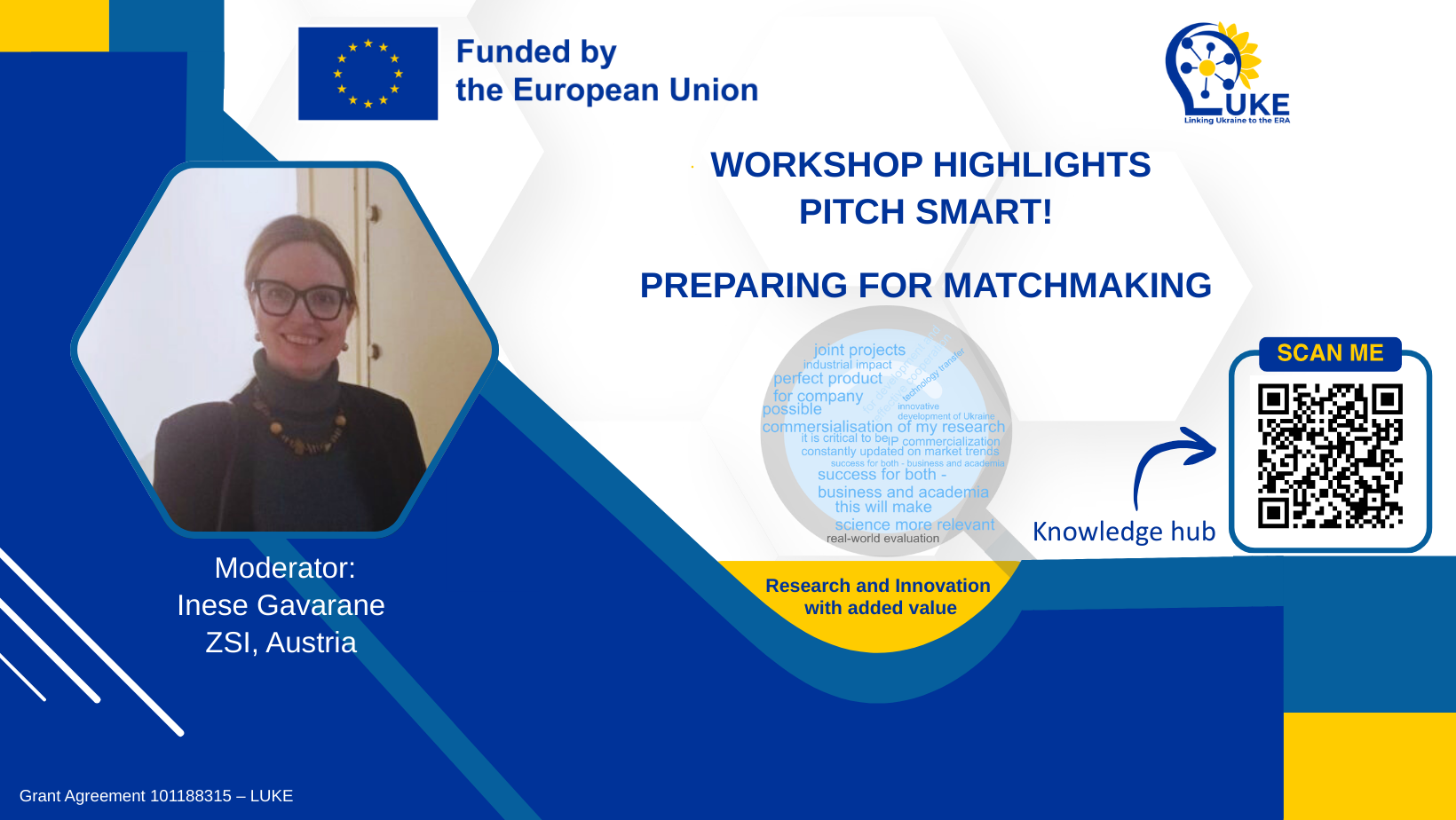Since the beginning of the full-scale invasion, russia has repeatedly threatened to use nuclear weapons. Even if it was just blackmail, these threats cannot be ignored.
In addition, russian invaders occupied the Zaporizhzhia Nuclear Power Plant (ZNPP). The Ukrainian company ‘Energoatom’ warns that due to the plant downtime and shutdown of all power units, the systems and equipment are degrading. It is also impossible to predict the behavior of the occupiers at the plant. Will it be possible to prevent a nuclear disaster? What could be the consequences for people and the environment in the event of a radioactive leak?

Researchers from the Institute of Mathematical Machines and Systems Problems of the National Academy of Sciences of Ukraine are helping to calculate possible scenarios of radioactive contamination and be prepared for different scenarios. The team of researchers is implementing the project ‘Direct and Inverse Problems of Pollution Propagation in the Atmospheric and Marine Environment and Their Use for Identification of Pollution Sources’ with grant funding from the National Research Foundation of Ukraine.
“When we started the project, we had no idea that a year later we would have to calculate the consequences of a possible missile attack on the ZNPP,” says PI Volodymyr Maderych. “Our goal was to perform basic research, create mathematical models of processes, develop and implement a web-based system for analyzing unknown sources of radioactive contamination in Ukraine and abroad.”
The models created by researchers were tested on the data from the Chornobyl and Fukushima NPP accidents before the war. A few years ago, these models were also used to identify the source of the radioactivity leakage (Ruthenium-106) in the ‘spot’ that covered most of Eurasia. The analysis showed that the leak occurred at the russian Mayak plant which manufactures nuclear weapons components. These findings were confirmed by French nuclear physicists.
“The models we develop are not about using math for math’s sake. The findings of theoretical studies should be tested and applied to real situations in order to help understand what is happening and predict the consequences,” the PI emphasized.
In 2022, the researchers used their findings to calculate the possible consequences of a severe accident at ZNPP. In particular, the likelihood of pollution of the Dnipro River and the Black Sea.
The project team also calculated the consequences of emergencies involving chemical emissions (in particular, ammonia) in the event of russian bombing of industrial facilities in Sumy and Chernihiv. They also assessed the radiation consequences of possible fires near Kyiv, particularly in the Chornobyl Exclusion Zone.
The researchers handed over the results of the forecasts to experts from the State Nuclear Regulatory Inspectorate of Ukraine, the Center for Forecasting the Consequences of Radiation Accidents, the Ukrainian Hydrometeorological Center, and SE ‘NNEGC “Energoatom”.
“The results of our research help the relevant services to be prepared and act according to a plan. This is a tool that will allow us to assess the situation very quickly and minimize the consequences of severe accidents for people and the environment,” Volodymyr Maderych emphasized.
Interviewed by Svitlana Galata





